Tours featuring this attraction
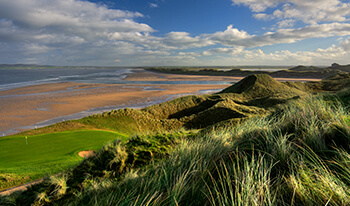
9 Night South West Golf Tour
(9 Nights)
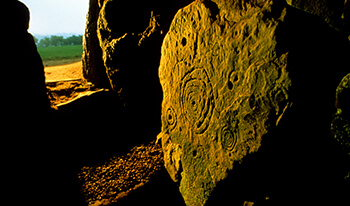
14 Night Geological Tour of Ireland
(14 Nights)
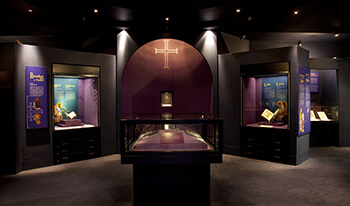
9 Night Pilgrimage Tour
(9 Nights)
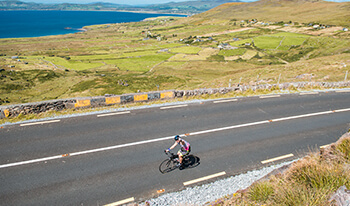
West Cork Coastline Cycling Tour
(7 Nights)
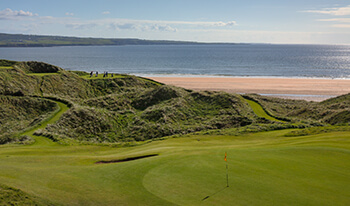
7 Night South West Golf Tour
(7 Nights)
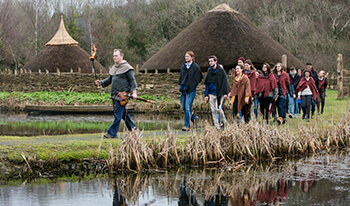
7 Night Irish Experience - Dublin & Killarney
(7 Nights)
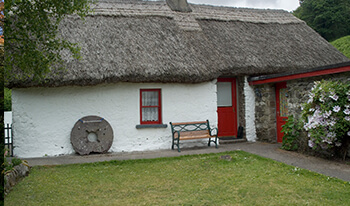
7 Night Irish Experience - Killarney, Galway & Bunratty
(7 Nights)
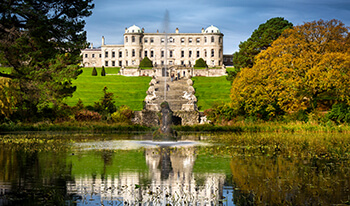
3 Night Garden Tour from Shannon
(3 Nights)
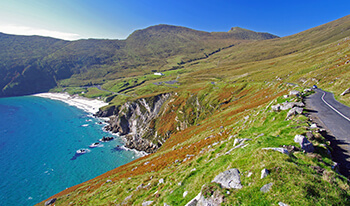
Best of Ireland Tour (14 Night)
(14 Nights)
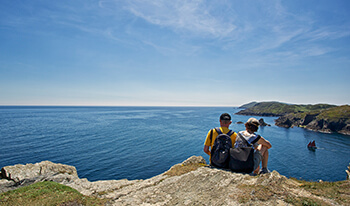
Best of Ireland Tour (10 Night)
(10 Nights)
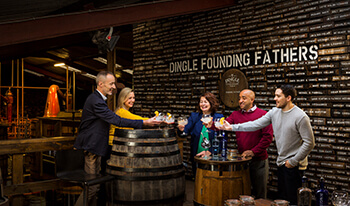
Irish Pub & Folk Tour (14 Night)
(14 Nights)
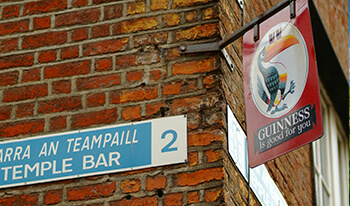
Irish Pub & Folk Tour (12 Night)
(12 Nights)
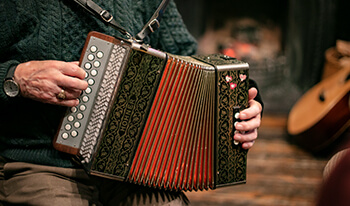
Irish Pubs & Folklore 10 Nights
(10 Nights)
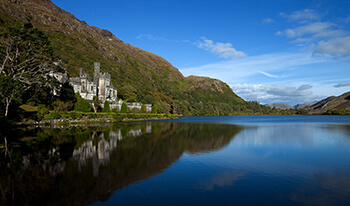
7 Night House & Garden Private Tour from Dublin
(7 Nights)
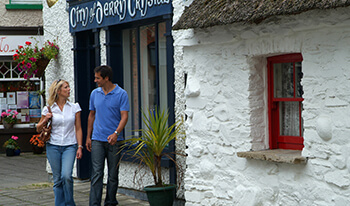
Irish Romance with luxury Irish Castle Stay 7 Night Tour
(7 Nights)
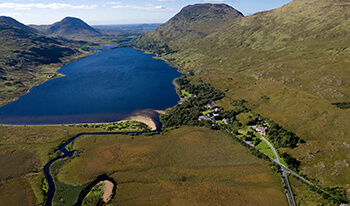
Irish Romance with luxury Irish Castle Stay 8 Night Tour
(8 Nights)
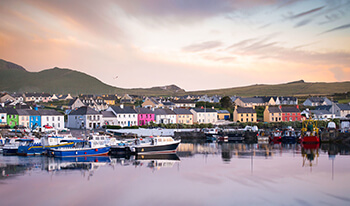
Irish Romance with luxury Irish Castle Stay 12 Night Tour
(12 Nights)
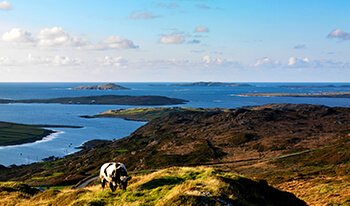
Irish Romance with luxury Irish Castle Stay 14 Night Tour
(14 Nights)
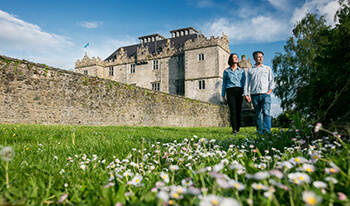
Irish Romance with luxury Irish Castle Stay 10 Night Tour
(10 Nights)
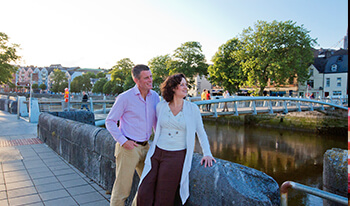
Five Star Deluxe Ireland Honeymoon 6 Night Tour
(6 Nights)